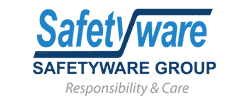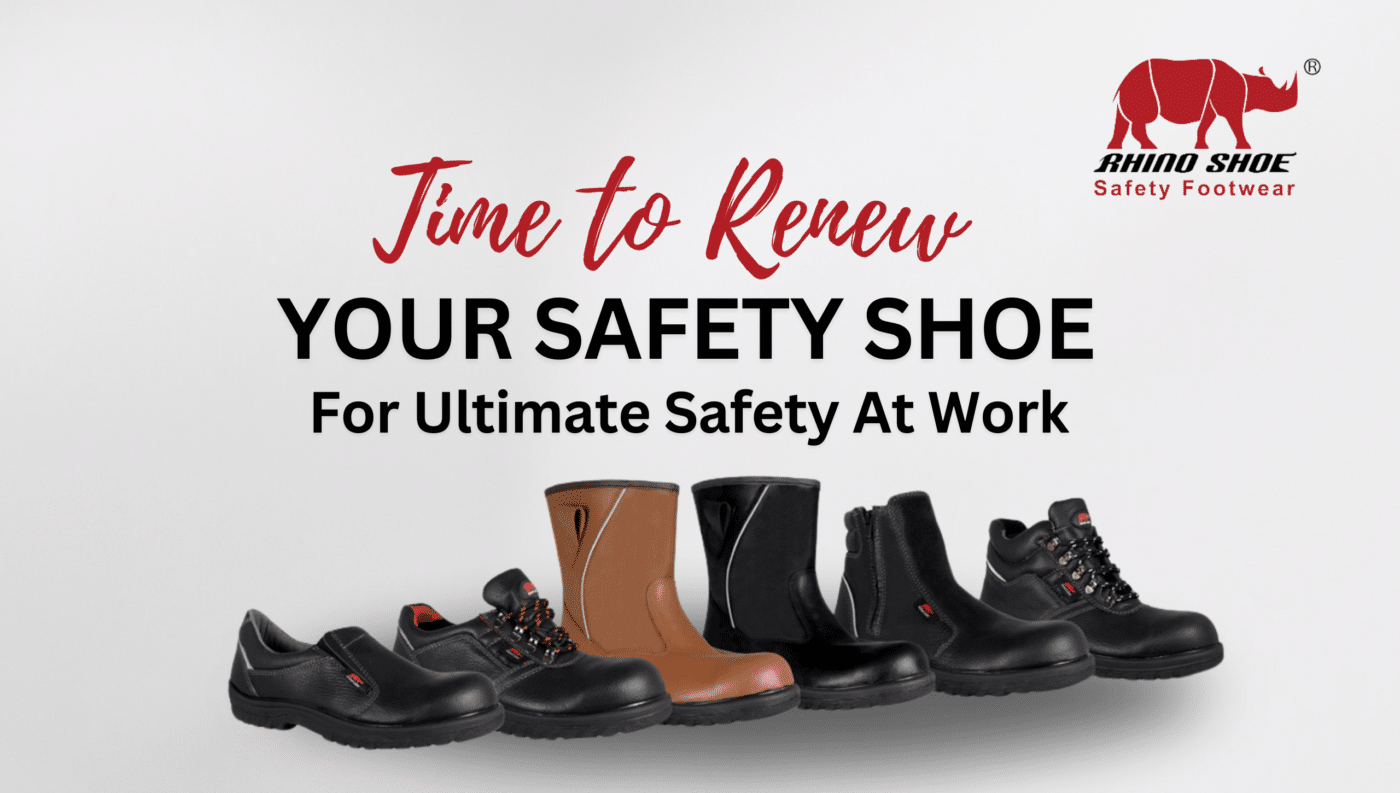When selecting safety footwear, it’s essential to understand the grading system of Safety Shoes that defines their protective capabilities. European standards (EN ISO 20345) classify safety shoes into categories like S1, S2, S3, S4, and S5, each offering distinct features tailored to specific workplace hazards. Whether you’re in construction, manufacturing, or logistics, knowing these grades ensures you choose footwear that meets both safety requirements and job demands. Let’s decode what each grade means and where they excel.
The Basics: EN ISO 20345 Safety Standards
Safety shoes are tested and certified under EN ISO 20345, which mandates a 200-joule toe cap (equivalent to a 20kg object dropped from 1 meter) as the baseline requirement. Beyond this, additional symbols and grades denote extra protections. Here’s a breakdown:
Grade S1: The Foundation of Safety
Key Features:
- Basic safety toe cap (200J impact resistance).
- Antistatic properties (A) to dissipate static electricity.
- Energy absorption in the heel.
- Closed heel for stability.
Typical Use:
- Indoor environments with low moisture (e.g., warehouses, workshops).
- Light industrial work where static discharge could damage equipment.
Limitations:
- No water resistance.
- Minimal protection against liquids or sharp objects.
Grade S2: Enhanced Water Resistance
Key Features:
- All S1 features plus:
- Water-resistant upper (WPA tested for water penetration and absorption).
Typical Use:
- Damp or outdoor environments (e.g., agriculture, food processing).
- Jobs involving occasional exposure to water or wet floors.
Limitations:
- Not fully waterproof.
- Lacks penetration-resistant midsoles.
Grade S3: Added Penetration Protection
Key Features:
- All S2 features plus:
- Penetration-resistant midsole (P) protects against sharp objects like nails.
- Cleated outsole for better slip resistance on uneven terrain.
Typical Use:
- Construction sites, roofing, or waste management.
- Environments with puncture hazards or slippery surfaces.
Limitations:
- Still not fully waterproof if not explicitly labeled.
Grade S4: All-Rubber or Polymer Boots
Key Features:
- Meets S1 requirements but made entirely of rubber or polymer (Class II footwear, no stitching).
- Waterproof design (submersible protection).
- Often used as Wellington-style boots.
Typical Use:
- Heavy-duty outdoor work (e.g., mining, chemical handling).
- Flooded or highly corrosive environments.
Limitations:
- Less breathable than leather or fabric options.
Grade S5: The Ultimate Protection
Key Features:
- All S4 features plus:
- Penetration-resistant midsole.
- Cleated outsole for superior grip.
Typical Use:
- Extreme conditions (e.g., oil rigs, deep mining).
- Jobs requiring maximum puncture and slip resistance.
Comparison Table: S1 to S5 Safety Shoes
| Grade | Toe Cap | Antistatic | Water Resistance | Penetration Resistance | Cleated Outsole |
|---|---|---|---|---|---|
| S1 | Yes | Yes | No | No | No |
| S2 | Yes | Yes | Water-resistant upper (WPA) | No | No |
| S3 | Yes | Yes | Water-resistant upper (WPA) | Yes | Yes |
| S4 | Yes | Yes | Fully Waterproof | No | No |
| S5 | Yes | Yes | Fully Waterproof | Yes | Yes |
Choosing the Right Grade for Your Job
- Assess Hazards:
- S1: Basic protection for dry, indoor settings.
- S2: Add water resistance for damp areas.
- S3: Opt for puncture-prone or slippery environments.
- S4/S5: Reserve for extreme conditions (water immersion, chemicals).
- Check Labels:
Look for EN ISO 20345 certification and additional symbols (e.g., P for penetration resistance, WR for water resistance). - Comfort Matters:
Higher grades (S3/S5) may be heavier—prioritize breathability and fit for long shifts.
Looking for Safety Shoes?

Equip your workforce with the ultimate blend of safety and innovation—Safetyware RHINO SHOE Footwear. Engineered to exceed global standards like EN ISO 20345 and ASTM F2413, RHINO SHOE offers a range of grades (S1 to S5) tailored to every hazard, from static-sensitive labs to high-voltage worksites. Featuring lightweight fibreglass toe caps, anti-penetration midsoles, and oil-resistant outsoles, these boots are built for durability without sacrificing comfort. Whether you need water-resistant buffalo leather for outdoor rigors or breathable mesh for all-day wear, RHINO SHOE delivers. Explore our RHINO SHOE for unmatched electrical hazard protection or our rugged S5-rated boots for extreme environments. Trust RHINO SHOE—where safety meets superior craftsmanship.
RHINO SHOE Catalogue: https://safetyware.com/catalogues/.
Final Thoughts
Safety shoe grades exist to simplify your choices—not complicate them. By understanding the incremental protections offered by S1 to S5, you can invest in footwear that safeguards against your workplace’s unique hazards. Remember: the right shoes aren’t just about compliance; they’re about ensuring you go home safely every day.
Stay protected, step confidently! 🛠️👞
For more updates on safety news and insights, visit our website at Safetyware.
Any Questions? Contact Us:
📩 Email: [email protected]
🌐 Website: www.safetyware.com
📞 Contact us: WhatsApp

